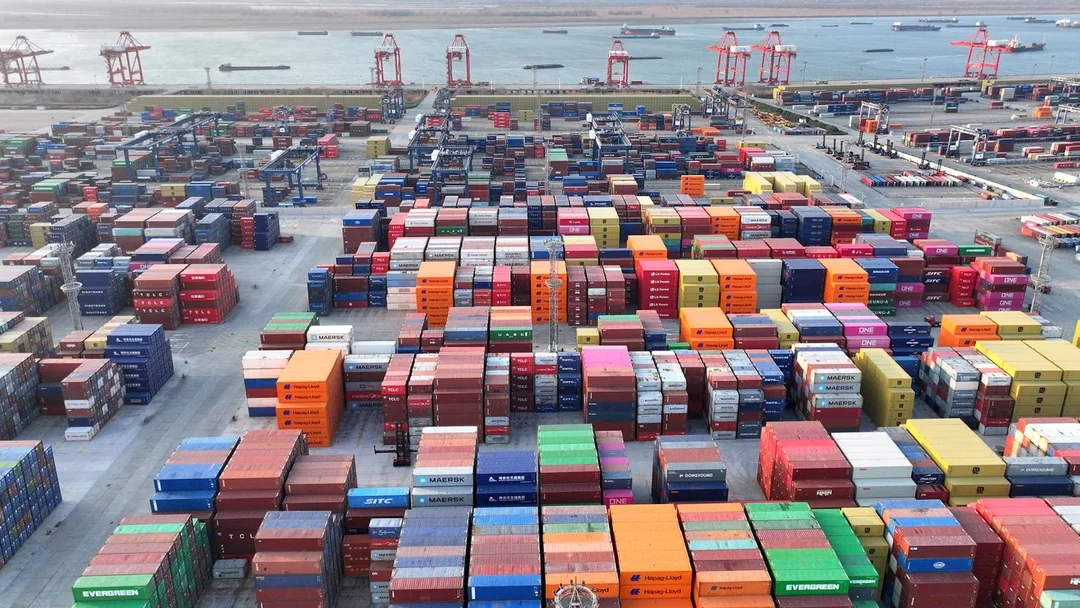
Trump Hikes China Tariffs to 54%, Impacting U.S. Economy
Former President Donald Trump has escalated trade tensions with China by increasing tariffs on goods imported from the country to a minimum of 54%. This significant hike, announced on April 2, 2025, marks a sharp increase from previous rates and is expected to have a profound impact on the U.S. economy.
The new tariffs, which stack on top of existing duties, are seen as a continuation of Trump's aggressive trade policies aimed at reducing the U.S. trade deficit with China. Analysts predict that these tariffs will raise costs for American businesses and consumers, potentially leading to higher prices and affecting the overall economic growth.
The move has sparked a variety of reactions. Some industry leaders argue that the increased tariffs will protect domestic industries and jobs, while others warn of potential retaliation from China and further strain on global trade relations. The stock market has shown signs of volatility in response to the announcement, reflecting investor concerns about the economic implications of this policy shift.
Related issues news
Does China charge US tariffs?
So far, China has either imposed or proposed tariffs on $110 billion of U.S. goods, representing most of its imports of American products.
Does China have tariffs?
China Customs assesses and collects tariffs. Import tariff rates are divided into six categories: general rates, most-favored-nation (MFN) rates, agreement rates, preferential rates, tariff rate quota rates, and provisional rates. As a member of the WTO, imports from the United States are assessed at the MFN rate.
What are the tariffs on US goods?
A tariff or duty (the words are used interchangeably) is a tax levied by governments on the value including freight and insurance of imported products. Different tariffs applied on different products by different countries.